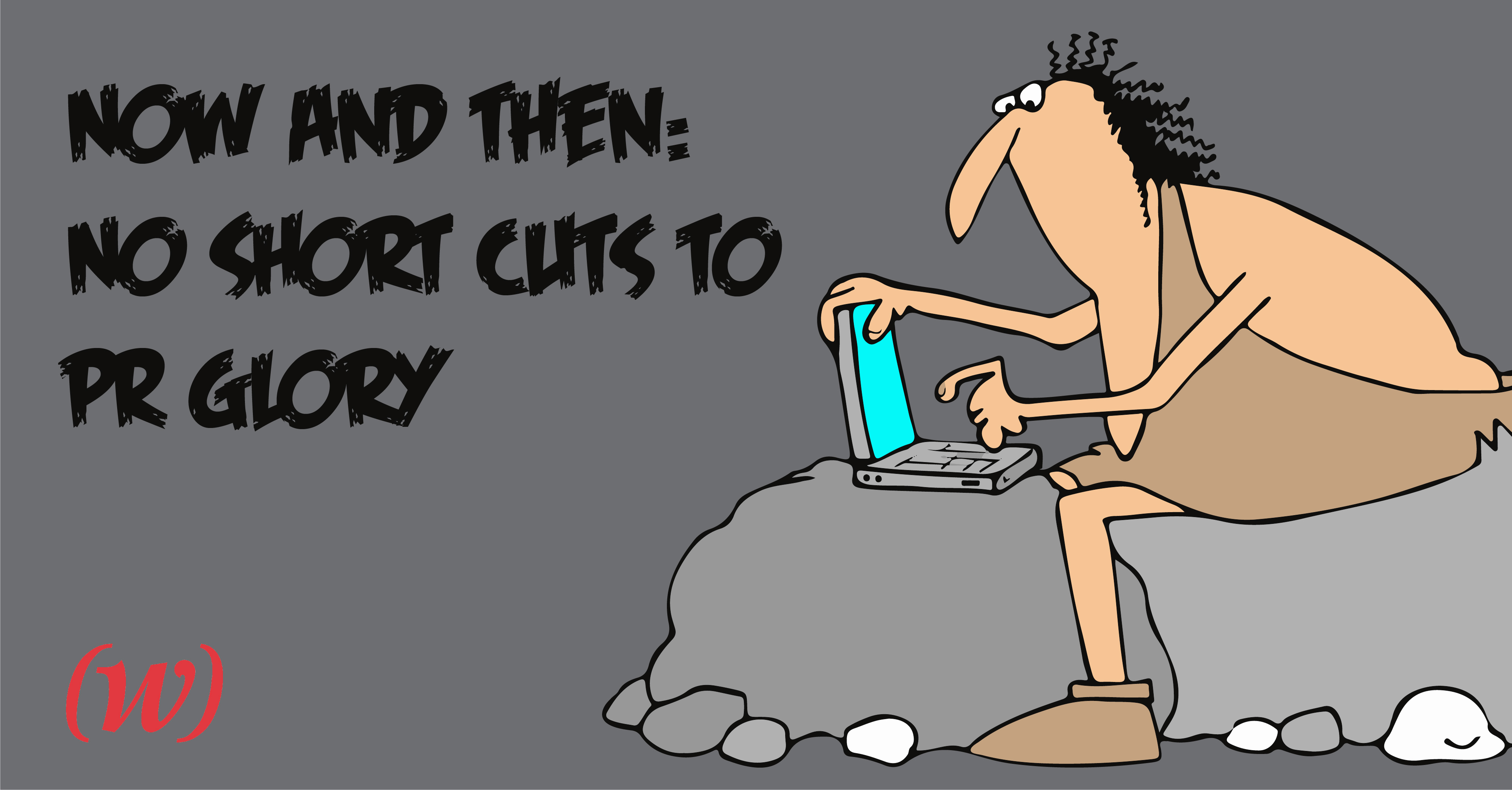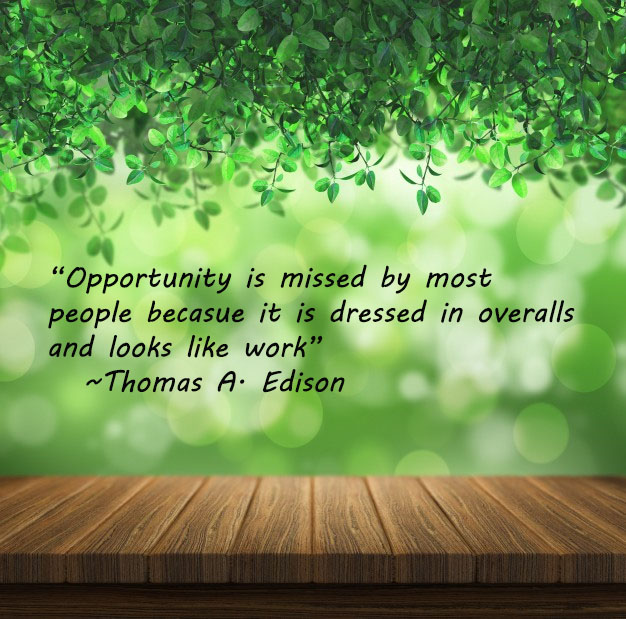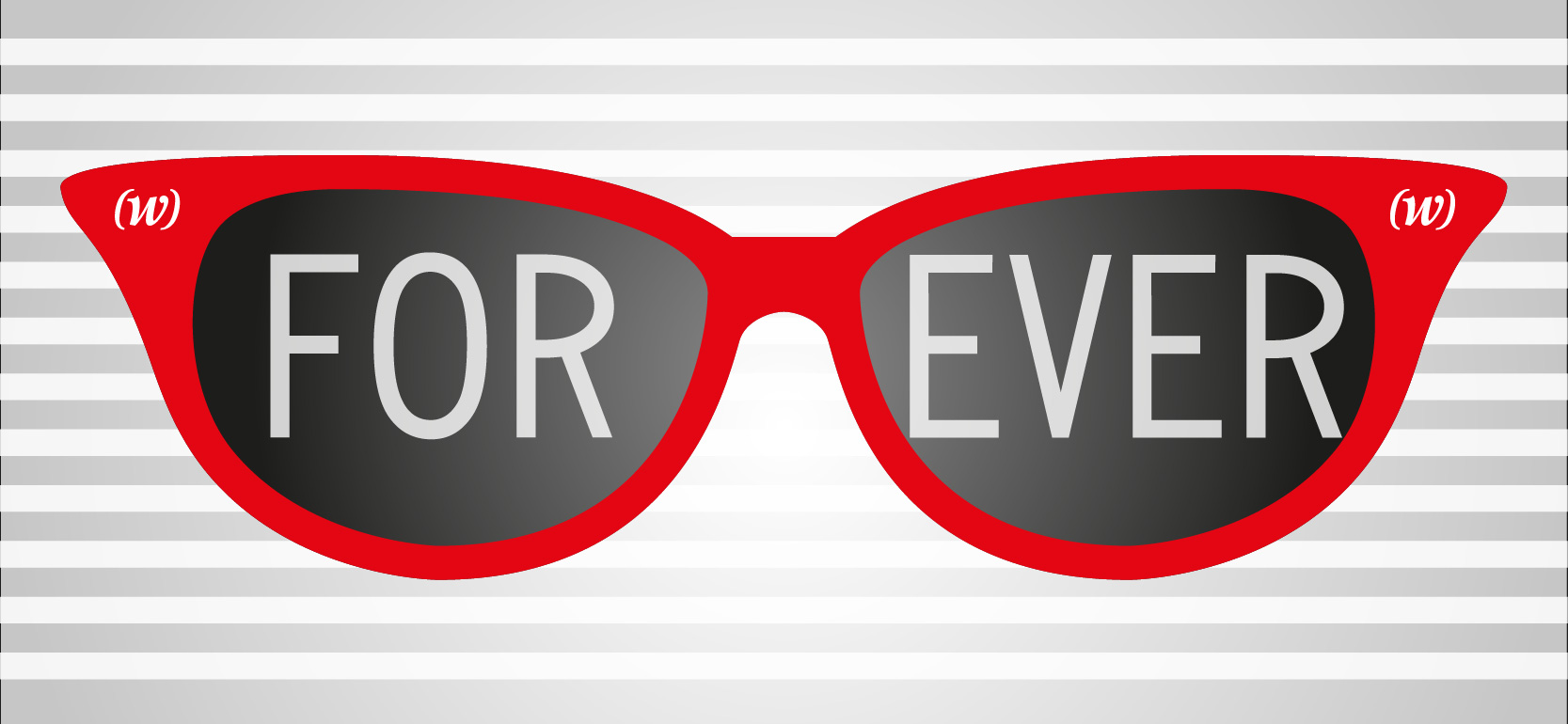By Shae Geary—Senior Communications Strategist
Ready. Set. Selfie!
We all love showing off our personalized pictures of food, travel, and fun experiences, especially during holidays. With Valentine’s Day on the horizon, we’re betting you’ll be sharing some delicious eats with your sweetie or besties. To make sure your food selfie skills are perfectly polished, we’ve delved into our archives for today’s blog. Here are five pro tips from San Diego food photographer Sam Wells for producing mouth-watering and Instagram worthy photos for this Valentine’s Day xoxo.
In Hospitality Public Relations, we often rely on images to help tell our stories – a pristine white sand beach; a mojito in a mason jar; a field in bloom. With the rise of social media and the availability of high quality cameras on most smart phones, photography is often how our guests tell their vacation stories, particularly when it comes to food.
Despite having such ready access to cameras, however, most of us remain photographically challenged. A good camera phone isn’t enough to turn our latest gastronomic delight into the envy of all our friends: placement, lighting and composition are all important elements in the quest to capture delicious food memories. Sounds difficult, right? That’s when you turn to the pros.
I was recently fortunate to work with Sam Wells, a respected San Diego food photographer who shoots for publications like Carlsbad Magazine and San Diego Magazine. While I watched him work his photographic magic, it occurred to me that he must have a load of helpful hints for us “do-it-yourselfers.” Sam was more than happy to give his insights on what makes for great food photography. Follow his tips and you’ll be on your way to drool worthy food on Instagram in no time.
Food Photography Tips from Photographer Sam Wells
Tip 1: Light quality is everything.
I shoot most of my food in areas I call “transition zones” – where the light is transitioning from light to dark. Windows, open doors, and the outer edges of shaded areas all produce beautiful directional light. If there are any conflicting tungsten lights in the restaurant, try to block them to create clean light.
Tip 2: Create a strong composition.
Negative space can be a great asset to a photo. Using the “rule of thirds” always helps – just imagine there are two horizontal and vertical lines dividing up the frame into nine rectangles. Place the most interesting point of focus on any two lines or where the lines intersect, and you’ll instantly have a better-composed image. Add a few more details to fill the frame, and you’re off and running.
Tip 3: Steady your hand. 
Motion blur can ruin a photo, so if you are hand-holding the camera make sure to take a few and be gentle when you push the shutter button. Make sure your camera or phone doesn’t move when you shoot the photo. I always use a tripod to ensure maximum sharpness.
Tip 4: Show some life and action.
Have a hand reaching for something. Take a bite. Make it messy. Do anything that makes the food look delicious and enticing.
Tip 5: Styling can make any dish interesting.
I always use linens and napkins to help spice things up a bit. Adding other elements allows you to create a more interesting composition by leading the eye through the image. Think of image flow – a fork placed in the lower right hand corner pointed towards the dish will lead the viewer’s eye towards the focal point.
Keep this handy for your next dining adventure and you’ll definitely have some Insta worthy food photos. Need more photo inspiration? Follow the latest in Sam’s food reel on Instagram at @swellsphoto.













 Grant Wright
Grant Wright





 Corie Fiebiger
Corie Fiebiger
 Shae Geary
Shae Geary Roman Lukjanenko
Roman Lukjanenko Phelan Riessen
Phelan Riessen Katrina Early
Katrina Early Hamish Marshall
Hamish Marshall